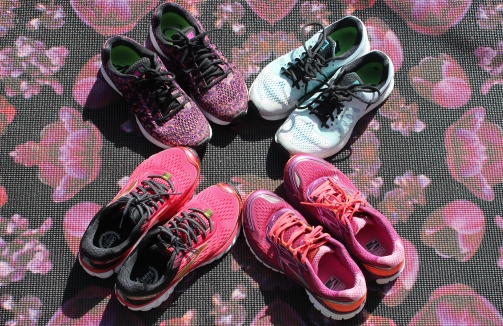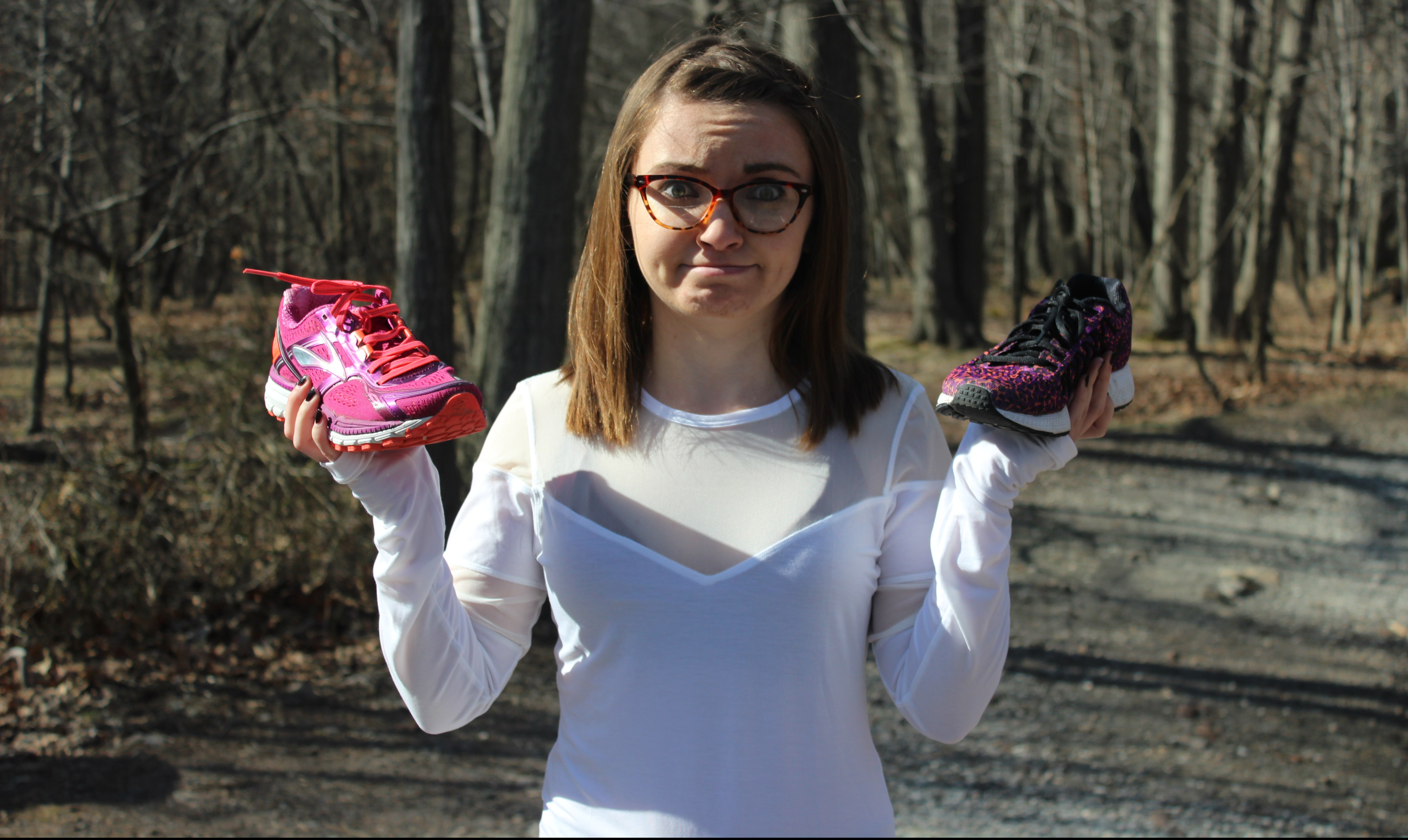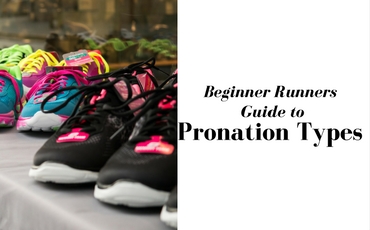Don’t know what the pronation types are?
It’s okay! I didn’t either when I decided to start running.
When I went to buy my first pair of running shoes I thought all that I had to do was walk in and find whatever shoe looked cutest, try them on, make the purchase and call it a day.

Like most things in my life, that didn’t exactly play out the way I imagined it would.
My daydream was interrupted as soon as one of the workers at Fit Niche (coolest running store ever) asked me if I knew my pronation type. I stared blankly at him trying to figure out if I had ever even heard that word before, and said no. He explained what a pronation was to me while I smiled and nodded and pretended that I was following what he said.
I did my own research when I got home and it turns out there’s only three pronation types and it’s not as complicated as you think it would be. I learned everything from this post from Runner’s World, but here’s a Kerry-proof overview of the basics:
Neutral Pronator
Basically, when you’re running you hit the ground with the heel of your foot and your arch absorbs the impact.
Over Pronator
Your arch is NOT your friend! If you aren’t wearing the proper running shoes you’re exposing yourself to a good chance of being injured. It stretches inward and doesn’t correctly absorb the shock.
Under Pronator
Your entire foot is the enemy. Your foot decided it doesn’t want to flex enough and absorb the shock effectively when it hits the ground. It would much rather make impact very hard and very dangerous.
That sounds scary, but don’t worry! There are ways to figure out which pronator you are and shoes made specifically for each pronation type.

Fit Niche guy laced a pair of pink Nike Pegasus Zoom’s on my feet that he told me not to get attached to (he must have seen the twinkle I get in my eyes whenever I see anything pink). They were a stability shoe for neutral feet that I was only going to run in so he could figure out what my pronation type was.
Fancy right? Science.
If the running/athletic store you’re going to doesn’t offer this service, check out Ruggero Loda’s blog post on the wet feet test over on Running Shoes Guru.
Like I mentioned before, there are running shoes made specifically for the three pronation types. Don’t sweat it if your pronation type isn’t netural!
You can still find a shoe that will make long distance running possible for you. The difference is all in the midsole:
- If your feet are neutral you need a stability shoe, which focuses on providing cushioning and support for your feet.
- For those of you with over pronation, get yourself a shoe with motion control. They pretty much provide medial support to slow the over pronation so your arch will chill out.
- If your living with under pronation you need shoes that emphasize cushioning because your feet really don’t like running at all. You can’t glide through the course on a cloud, but with the right running shoes you’ll feel like you did!
So after Fit Niche guy stood a few feet behind me and pointed his iPad at me while I ran, I learned my feet were neutral and I needed a stability shoe. Like the pink pair of Nike Pegasus Zoom’s that I was told not to get attached too.
Guess who walked out of the store and across her first finish line with the pink shoes she wanted? That’s right, me.
I hope you feel more prepared to buy your first pair of running shoes than I was. Now go walk in that running store like a boss and say the word “pronation” a lot and act like you know what’s up!


